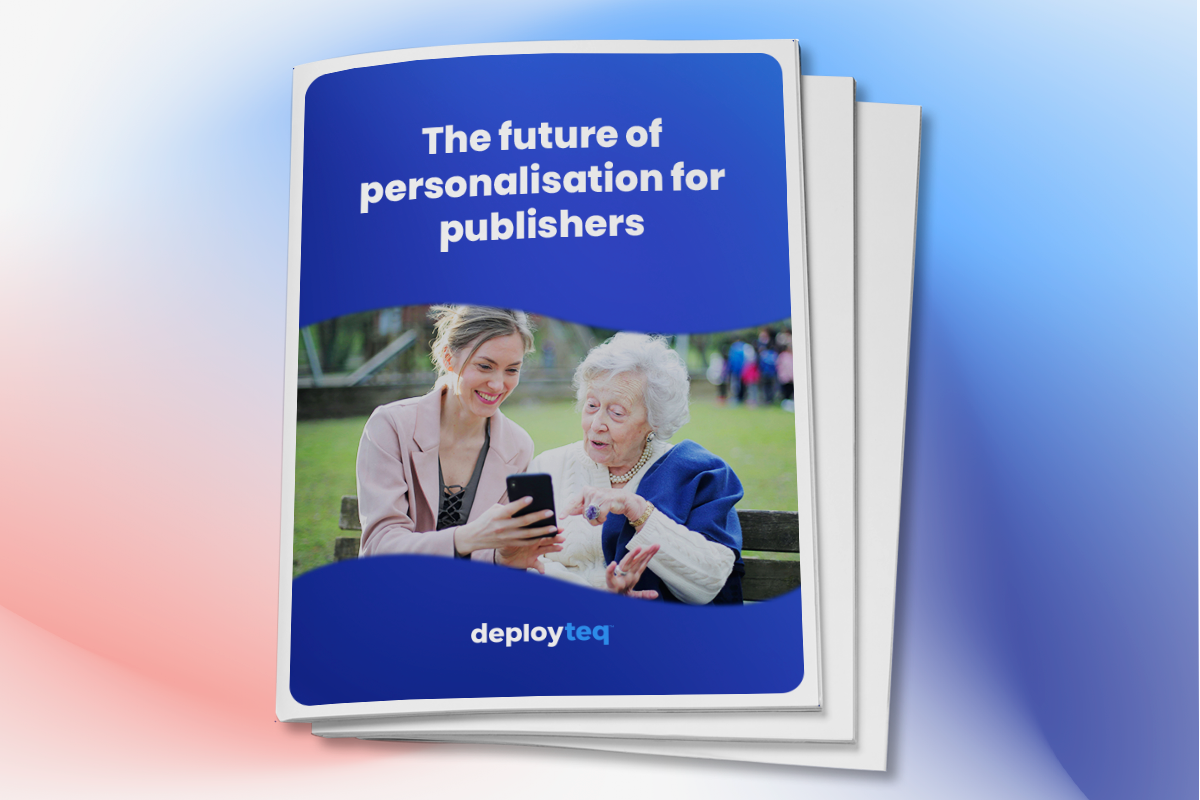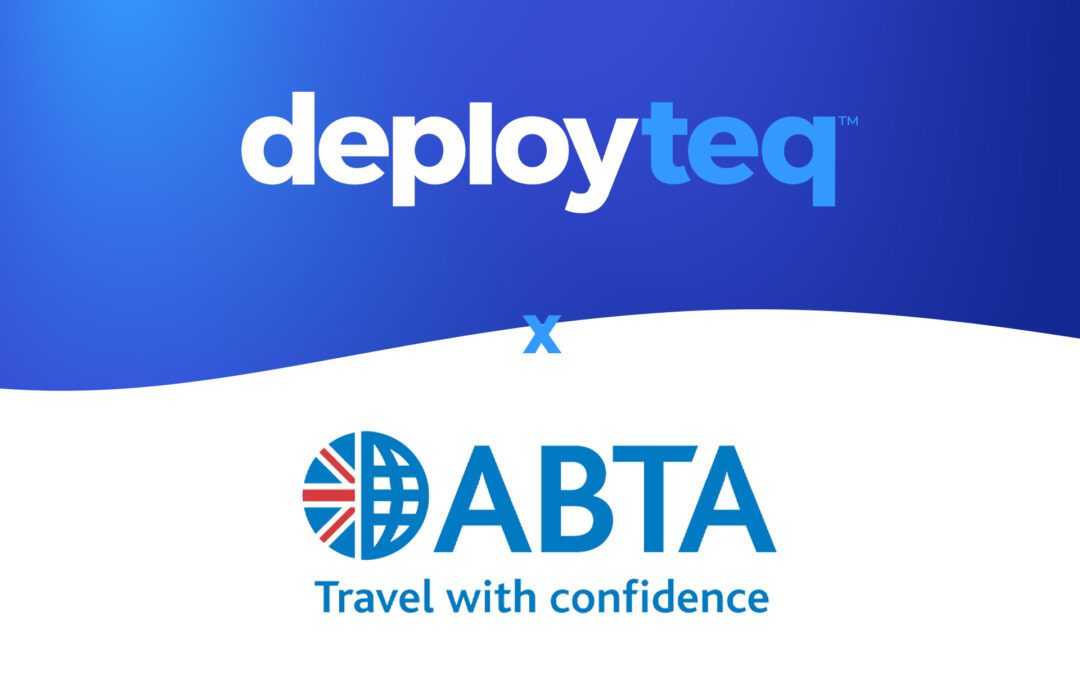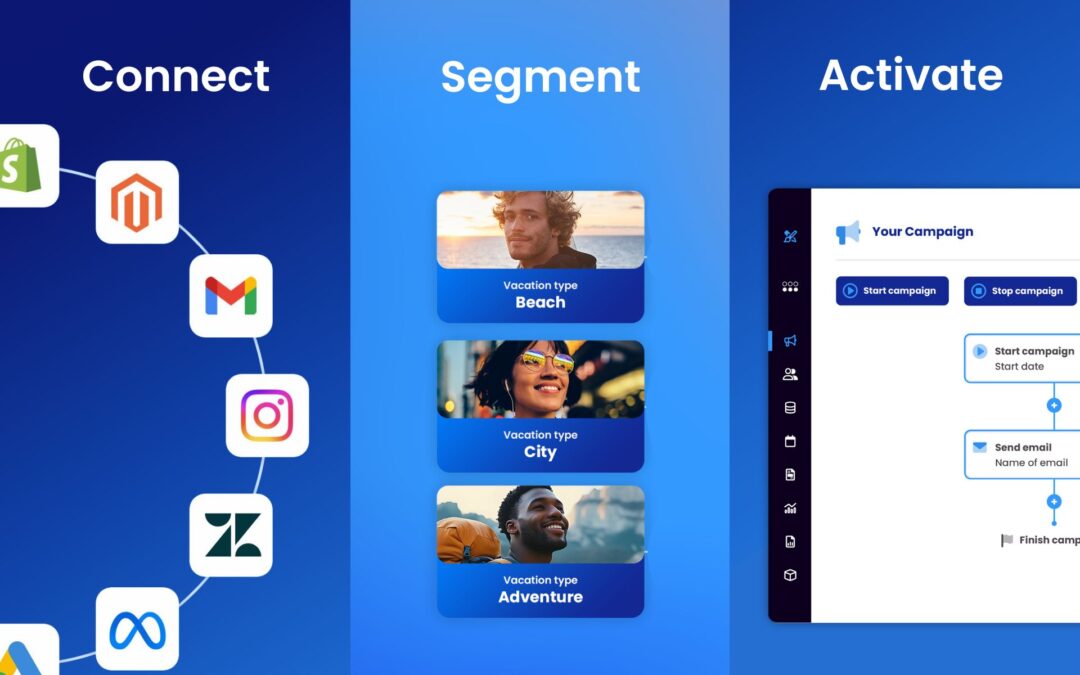The publishing landscape is on the verge of an extraordinary transformation, driven by the power of personalisation. Picture a world where every book, news feed, and article is perfectly aligned with your personal preferences, past interactions, and browsing habits, thanks to cutting-edge technologies like data analytics and artificial intelligence. This innovation extends beyond merely enhancing the enjoyment of reading; it’s about ensuring that every piece of content seems personally tailored for you.
The benefits of personalisation in publishing
The benefits of personalisation in the publishing industry are significant, directly impacting engagement, revenue, and the overall effectiveness of marketing efforts. Here are some key advantages:
- Increased engagement
Personalisation helps in delivering content that aligns with the individual preferences and interests of the audience, leading to a higher engagement level.
- Revenue growth
Publishers can see a lift in revenue by 5-15% through personalisation, as it enhances the value of the content to the audience.
- Reduced acquisition costs
By tailoring content to meet the specific needs of the audience, publishers can reduce acquisition costs by up to 50%, making marketing efforts more efficient.
- User experience improvement
Personalisation has become a standard expectation among users, who appreciate fresh and relevant content with every visit. This improves user satisfaction and loyalty.
- Insight into audience preferences
Analysing user behaviour allows publishers to gain valuable insights into their audience’s interests, enabling the creation of a more personalised and engaging experience.
- Competitive advantage
Offering personalised content is an effective way to build stronger bonds with visitors, helping publishers to stand out in a crowded market.
These benefits demonstrate the critical role of personalisation in the publishing industry, emphasising its necessity for those looking to improve engagement, drive revenue, and enhance the overall user experience.
The current state of personalisation in publishing
Personalisation in publishing today is revolutionising how content is delivered to readers, making it more relevant and engaging than ever before. Publishers use advanced data analytics and artificial intelligence (AI) to understand individual reader preferences, past behaviours, and consumption patterns. These insights allow for the crafting of custom recommendations and tailored content, ensuring that readers are presented with books, articles, and news that align closely with their interests.
Personalised product recommendations on publishing platforms adapt to the visitor’s unique behaviour, showcasing selections that are most likely to appeal to them based on their previous interactions. This strategy extends beyond just recommendations to include the personalisation of entire reading experiences, with content being adapted to meet the reader’s style, interests, and reading habits. The objective is to create a more immersive and satisfying reading experience, increase engagement, and improve loyalty among readers. In essence, personalisation in publishing is about making every reader feel that the content is specifically curated just for them, significantly enhancing content consumption and satisfaction.
Benefits of personalisation for publishers and readers
Publishers and readers both benefit from personalisation in publishing. By personalising content, readers experience a more relevant and engaging reading experience by aligning it with their individual preferences, interests, and reading habits. By making the content feel as though it is curated specifically for them, tailored content enhances reader engagement.
Personalisation can improve operating efficiency and revenue generation for publishers. They can increase user engagement by understanding and catering to their audience’s unique tastes, encouraging them to interact with their content more frequently and for longer periods. This deeper engagement allows them to target advertising and sales strategies more effectively, thus monetizing their content platforms more effectively.
Advertisements and product recommendations that are tailored to the audience’s interests will increase conversion rates since they are more likely to resonate with their interests. As a result, personalisation increases reader loyalty while at the same time creating new revenue opportunities for publishers through targeted marketing and sales initiatives.
Personalisation is mutually beneficial
The beauty of personalisation is its mutual benefit. For readers, it promises content that’s more engaging and relevant than ever before, leading to increased satisfaction and loyalty. Publishers, on the other hand, gain the opportunity to forge deeper connections with their audience, gaining insights that enable them to offer even more compelling content. Thanks to technological progress and richer data, the ability of publishers to anticipate the needs and desires of their audience is becoming increasingly sophisticated. This shift represents a significant evolution in how we interact with content, ensuring that our media consumption is as meaningful and personalised as possible.
Prepare to embrace a future where every piece of content feels like it was created just for you—a truly remarkable prospect.
Challenges and considerations of personalisation in the publishing industry
In the publishing industry, personalisation offers the promise of a more tailored and engaging reader experience but comes with its set of challenges and considerations. A primary concern revolves around privacy and data protection regulations. As publishers collect and analyse data to personalise content, they must navigate the complex landscape of global privacy laws, such as GDPR in Europe and CCPA in California, which mandate strict guidelines on data collection, usage, and consumer rights.
Adopting a privacy-by-design approach is one way to balance these requirements with the goals of personalisation, ensuring that data protection principles are integrated into the development of personalised services from the outset. However, another challenge lies in balancing personalisation with content discovery. While personalised content can enhance user engagement, it’s crucial to maintain a level of content diversity to introduce readers to new topics and ideas they might not seek out on their own. This balancing act is essential to foster a rich, varied reading experience that supports both user satisfaction and content discovery.
Future trends and predictions
The future of personalisation in publishing is being significantly shaped by the advancement and integration of technologies such as Artificial Intelligence (AI) and Machine Learning (ML), alongside emerging technologies like blockchain and Augmented/Virtual Reality (AR/VR). AI and ML are at the forefront, driving the creation of highly personalised content experiences. These technologies analyse reader data and behaviour to tailor content recommendations and experiences to individual preferences, enhancing engagement and satisfaction. For example, AI algorithms can predict what readers might enjoy next, offering personalised reading suggestions and customising content feeds in real time.
Blockchain technology introduces a layer of security and trust in the personalisation process, offering potential for managing digital rights, securing transactions, and ensuring that reader data used for personalisation is kept private and secure. It could revolutionise how publishers manage access to content and protect user data. It would also allow authors to publish without needing intermediaries. If used correctly, it offers the opportunity to democratise the publishing process, but intermediaries such as publishers and agents will need to be aware of this threat to their businesses and income.
AR/VR technologies may enrich the reading experience by adding immersive layers to content. Readers could, for instance, explore a virtual environment related to a story’s setting or interact with content more engagingly, thus opening new dimensions for personalised storytelling and learning experiences.
Together, these technologies promise to not only make personalisation more effective but also to redefine the boundaries of how content is created, consumed, and interacted with, paving the way for a future where publishing is more interactive, immersive, and intimately tailored to each reader’s preferences.
How publishers can prepare for the future
Publishers can prepare for the future of personalisation in the publishing industry by adopting several strategic practices. Firstly, embracing technology is crucial. Publishers should invest in artificial intelligence (AI) and machine learning technologies to analyse reader data and behaviour, enabling the creation of highly personalised content recommendations and experiences. Implementing these technologies can significantly lift revenue, reduce acquisition costs, and enhance marketing efficiency.
Secondly, publishers need to navigate the changing regulatory landscape thoughtfully. As data privacy concerns grow, adopting a privacy-by-design approach becomes essential. This means considering data protection and privacy from the initial design phase of any personalisation project, ensuring compliance with regulations like GDPR and CCPA.
Also, exploring both active and passive personalisation techniques can enhance reader engagement. Active personalisation involves directly asking users about their preferences, while passive personalisation uses technology to infer preferences from user behaviour and content consumption patterns.
By focusing on these areas—leveraging AI and machine learning, ensuring privacy compliance, and employing both active and passive personalisation strategies—publishers can effectively prepare for and thrive in the future of personalisation within the publishing industry.
Do you need help preparing for your future in personalisation in publishing? Feel free to reach out to our team to start levelling up your communications.











